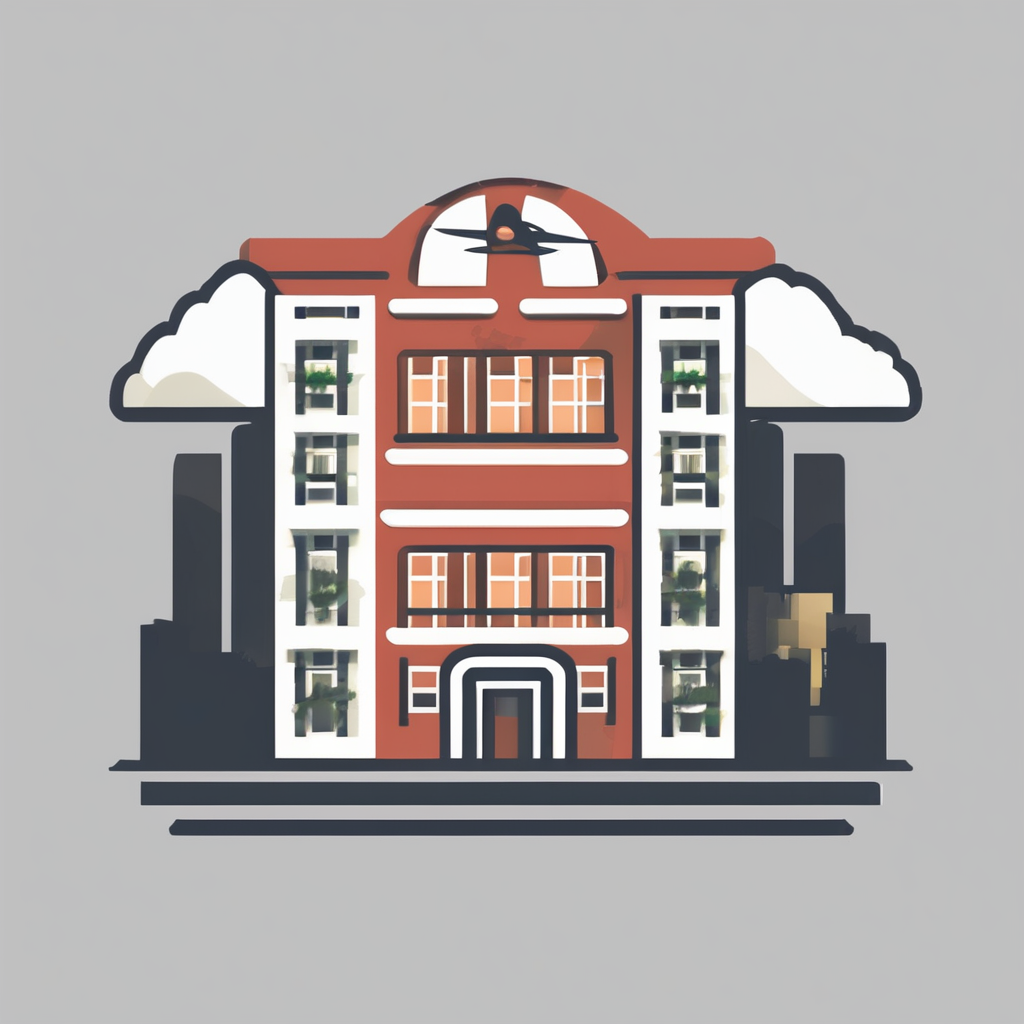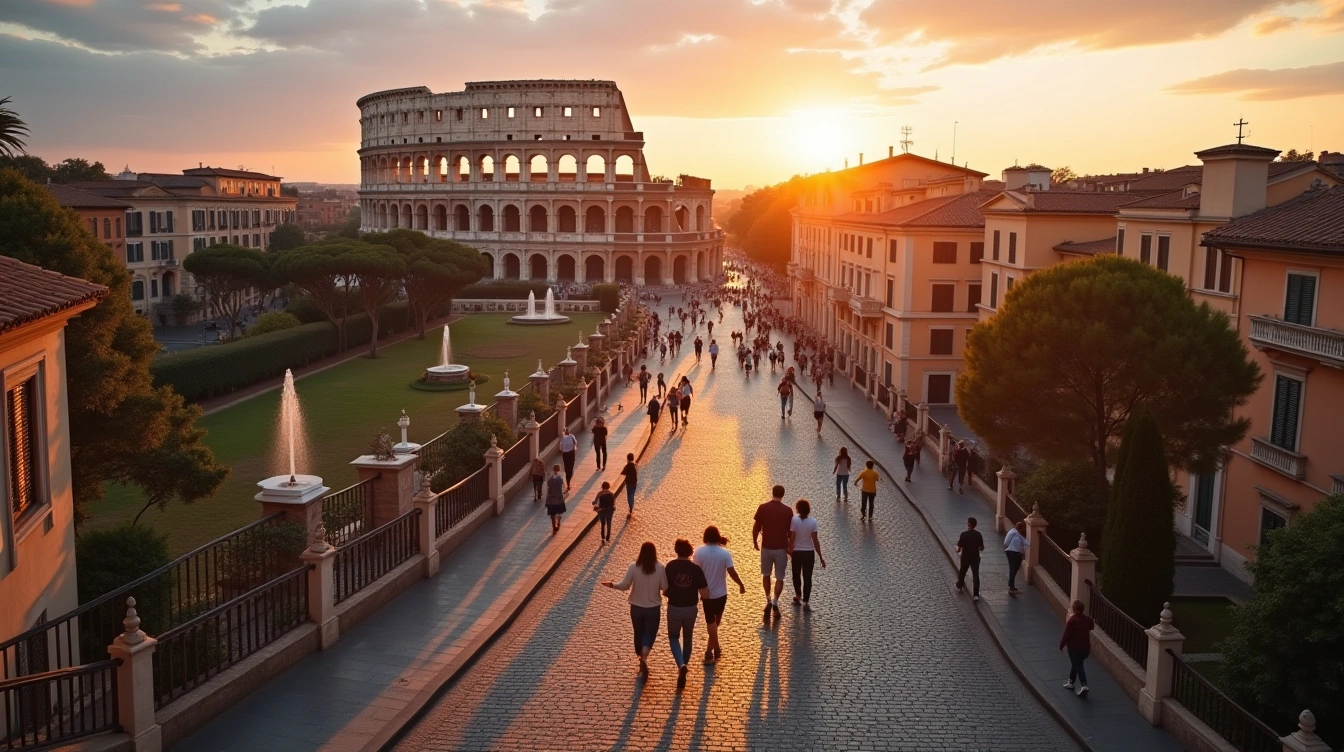Unforgettable experiences that make Rome special
Rome transforms everyday moments into lifetime memories through its perfect blend of ancient wonders and vibrant culture. With over 28 million visitors in 2024 according to the Rome Tourism Board, the Eternal City continues to captivate travelers seeking authentic experiences. What makes your Roman adventure truly unforgettable beyond the typical tourist checklist? From witnessing sunrise over the Colosseum to savoring gelato in hidden piazzas, Rome offers layers of discovery that reveal themselves to those who know where to look. Discover the best things to do in rome and unlock experiences that go far deeper than guidebook recommendations.
Ancient wonders that transport you through millennia
The Colosseum’s arena comes alive when you arrive at 8:30 AM, just as the morning light cuts through the ancient arches. At this hour, you’ll hear your footsteps echo where gladiators once fought, without the distraction of tour groups. The underground chambers reveal their secrets best during early morning visits when guides share stories that transform crumbling walls into vivid historical scenes.
Also to read : Unlock the Magic of Blacksmithing in the Captivating Scottish Highlands: The Definitive Guide to an Unforgettable Adventure!
Walking through the Roman Forum requires strategic timing to truly absorb its grandeur. Visit between 2 PM and 4 PM on weekdays when most tour buses have departed. Start from the Palatine Hill entrance to get elevated views first, then work your way down through the ancient streets. Each weathered column and broken marble tells stories of emperors who shaped Western civilization.
The Panthéon’s dome creates its most magical moment around noon when sunlight streams perfectly through the oculus, illuminating the ancient floor in golden patterns. Entry is free, but arrive early morning or late afternoon to avoid the inevitable crowds. Stand beneath the coffered ceiling and imagine Roman engineers achieving what seemed impossible 2,000 years ago.
Topic to read : Discover the Rich Heritage of British Cinema: Explore Film Studio History with Engaging Guided Tours
Vatican treasures and spiritual adventures
La Cité du Vatican concentre certains des plus grands trésors artistiques de l’humanité dans un territoire de moins d’un kilomètre carré. Cette enclave spirituelle au cœur de Rome révèle des siècles d’art, d’histoire et de dévotion à travers ses monuments emblématiques.
La Chapelle Sixtine représente l’apogée de cette richesse culturelle. Les fresques de Michel-Ange au plafond et le Jugement dernier sur le mur d’autel créent une expérience visuelle saisissante. Les Musées du Vatican, qui abritent cette merveille, regroupent une des plus importantes collections d’art au monde, des sculptures antiques aux chefs-d’œuvre de la Renaissance.
La Basilique Saint-Pierre complète cette trilogie sacrée avec son dôme imposant et la Pietà de Michel-Ange. Pour éviter les foules massives, réservez vos billets plusieurs semaines à l’avance et privilégiez les créneaux du matin ou de fin d’après-midi. Le dress code strict exige des vêtements couvrant épaules et genoux. Une visite matinale permet d’apprécier pleinement la sérénité de ces lieux chargés d’histoire et de spiritualité.
Hidden gems beyond the tourist trails
Rome’s most memorable experiences often happen in places where tour groups never venture. Beyond the iconic landmarks lies a city of secret courtyards, neighborhood trattorias, and hidden churches that reveal the authentic soul of the Eternal City. Local Romans have their own rhythm and favorite spots that remain largely undiscovered by visitors. These hidden gems offer a different perspective on Roman life, from peaceful gardens tucked away behind ancient walls to vibrant markets where vendors have been serving the same families for generations.
- Quartiere Coppedè – An Art Nouveau wonderland of fairy-tale buildings and ornate details in the Trieste district
- San Clemente Basilica – A three-level church revealing 2,000 years of history beneath street level
- Villa Celimontana – A tranquil park perfect for picnics, away from the crowds of Villa Borghese
- Testaccio Market – Rome’s authentic food market where locals shop for fresh ingredients and street food
- Aventine Keyhole – Peek through the Knights of Malta keyhole for a perfectly framed view of St. Peter’s Dome
These discoveries transform a typical Roman vacation into something truly personal. The best part? Most of these locations are accessible with standard public transport and won’t strain your budget.
Culinary journeys through Roman tradition
Rome’s culinary heritage stretches back millennia, offering families an incredible opportunity to taste authentic flavors that have defined Italian cuisine. The city’s food scene extends far beyond tourist restaurants, revealing hidden gems where local traditions come alive through every bite.
Start your gastronomic adventure at Campo de’ Fiori market, where vendors have sold fresh produce since the 1400s. Arrive early with the locals around 8 AM to witness the authentic hustle and secure the best seasonal ingredients. The nearby Testaccio Market provides an even more authentic experience, where Roman families shop daily and small trattorias serve traditional dishes like cacio e pepe and carbonara using recipes passed down through generations.
Consider joining a hands-on cooking class in Trastevere, where local chefs teach families the secrets behind Roman specialties. These intimate sessions often include market visits and wine tastings featuring regional varieties like Frascati and Castelli Romani wines. Many cooking schools welcome children, creating memorable experiences that connect your family to Rome’s living culinary traditions while learning techniques you can recreate at home.
Planning your Roman adventure strategically
Rome rewards the prepared traveler. The city’s incredible density of attractions means that strategic planning transforms a good trip into an extraordinary one. Most visitors need at least four to five days to experience Rome’s essential highlights without feeling rushed. Start by securing advance reservations for the Vatican Museums and Colosseum, as these fill up weeks ahead during peak season. The Roma Pass proves invaluable here, combining skip-the-line access with unlimited public transport. This city pass covers your first two attractions completely and offers substantial discounts on dozens more.
Transportation planning matters immensely in Rome’s historic center. The metro reaches major sites like the Colosseum and Vatican, but walking remains your best option for exploring neighborhoods like Trastevere and the Centro Storico. Book accommodations near metro stations or within walking distance of multiple attractions. Timing visits strategically helps you avoid the worst crowds. Early morning slots at the Vatican Museums and late afternoon visits to outdoor sites like the Roman Forum maximize your experience while minimizing wait times and heat during summer months.
Your questions about Roman adventures

What are the must-see attractions in Rome for first-time visitors?
Focus on the Colosseum, Vatican Museums, and Pantheon for ancient wonders. Add Trevi Fountain, Spanish Steps, and Roman Forum. These six sites provide Rome’s essential historical and cultural foundation.
How many days do I need to see all the important sites in Rome?
Plan 4-5 days minimum for major attractions without rushing. This allows proper time for Vatican Museums, ancient sites, and neighborhood exploration while maintaining comfortable pacing throughout your visit.
What should I book in advance when visiting Rome?
Reserve Vatican Museums tickets and Colosseum underground tours immediately. Book popular restaurants and consider skip-the-line passes. Last-minute availability is rare for Rome’s most sought-after experiences.
What are the best times to visit popular Roman attractions to avoid crowds?
Visit major sites at 8 AM opening or after 3 PM. Avoid weekends and Italian holidays. Early morning provides best lighting for photos and peaceful exploration experiences.
Which Rome attractions are worth the money and which ones are overrated?
Vatican Museums and Colosseum underground justify premium prices. Skip expensive rooftop bars near tourist sites. Free churches like Santa Maria Maggiore offer incredible art without entrance fees.


